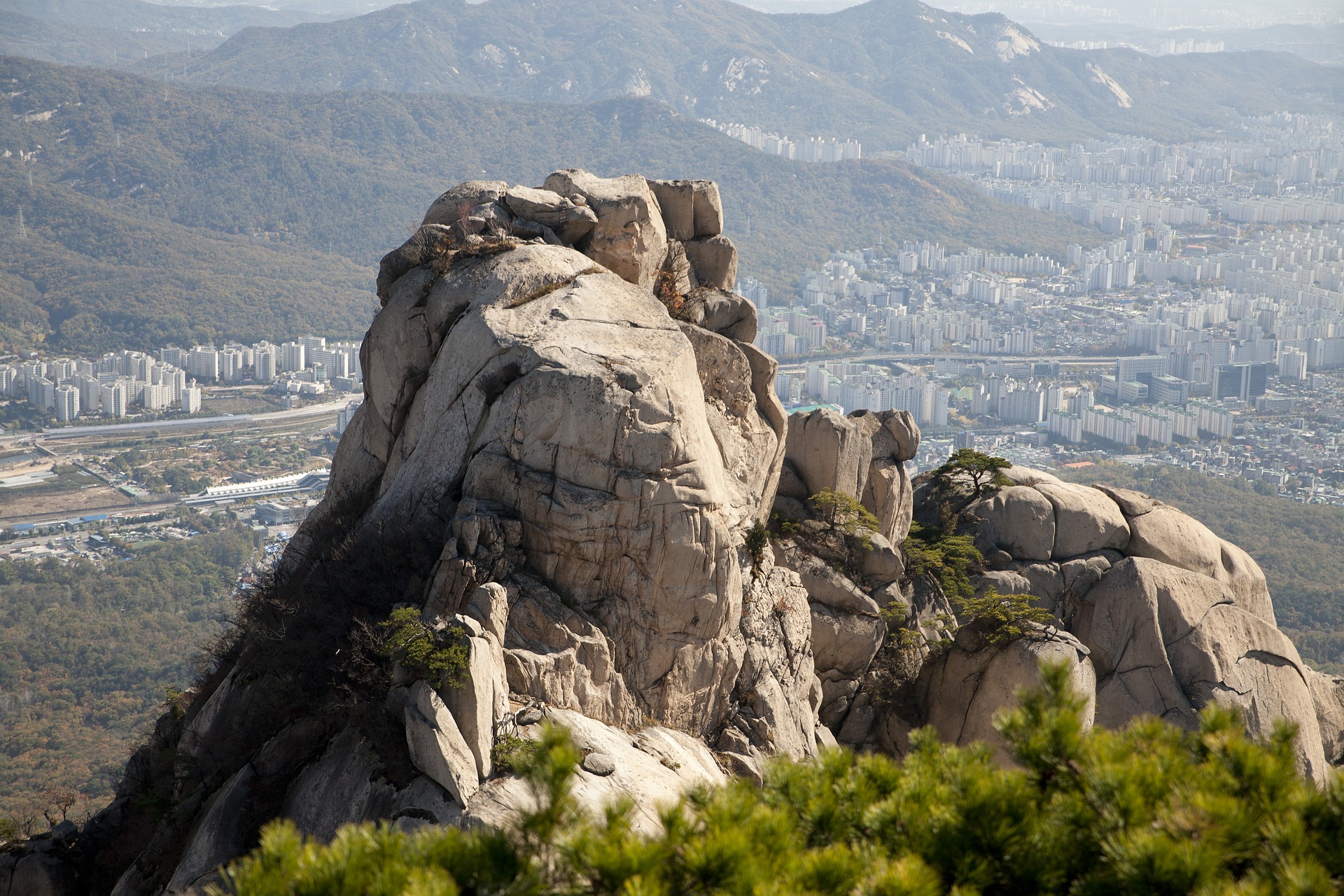Article by Russell Galt and Jonny Hughes, IUCN Urban Alliance
Nature under pressure
Liveability, sustainability, resilience and equity. These goals frame and permeate countless debates in city halls across the world. Yet how often is the attainment of these goals premised on the protection of nature?
We know protected areas generate flows of vital goods and services that benefit all of us: medicine, food, clean air and fresh water. They buffer the effects of climate change including heat stress, flash flooding and storm surges. They give meaning to proud cultures and cherished places. They offer education, excitement, adventure, and the experience of beauty and wonder away from screens and technology. Yet in many parts of the world, rapid urbanisation is placing protected areas under mounting pressure.
Between 2000 and 2030, urbanisation will directly consume an area of natural habitat larger than the United Kingdom (The Nature Conservancy, 2015). As cities expand, ‘urban edge effects’ intensify, increasing light and noise pollution, air and water degradation, and the spread of invasive species (IUCN, 2014). Direct human impacts also rise sharply, including trampling, poaching, littering, arson and vandalism (McDonald et al., 2009).
By 2030, 40% of protected areas globally are expected to lie within 50 km of a city (The Nature Conservancy, 2015). To remain effective, the management of protected areas must, at the very least, be reinforced, and in some cases rethought entirely. This is a conservation imperative but it is also a human imperative. Only a well-managed, well monitored and outcomes-oriented network of urban and peri-urban protected areas will be able to provide the services needed by burgeoning urban populations.
Cities as places of opportunity for nature
The ecological impacts of urbanisation need not all be negative. As centres of political, financial and social capital, and as hubs of innovation, cities are uniquely placed to lead and drive the just transition to a sustainable future. With sufficient political will, they can help to expand and strengthen the protected area network, and turn threats into opportunities.
Ample evidence attests that positive nature-based experiences engender a sense of ecological interconnectedness and foster pro-environmental attitudes and behaviours (Teisl and O’Brien, 2003). By virtue of their proximity to population centres, urban and peri-urban protected areas are particularly well-placed to influence people in this manner. The Republic of Korea’s Bukhansan National Park receives over eight million visitors a year and provides the residents of Seoul with “a place for the purification of emotions” (Oh and Lee, 2016).
Urban people can help protected area managers overcome capacity constraints. Visitors increase eyes and ears on the ground to monitor wildlife, signal early warnings and report hazards. Some become citizen scientists or volunteer to remove invasive plants, clean up rivers and plants shrubs and trees. Yangmingshan National Park in Taiwan counts on the support of 500 trained, uniformed and highly motivated volunteers to carry out essential conservation work (IUCN, 2014).
By one estimate, the world’s protected areas receive over eight billion visits a year, generating as much as $600 billion for national economies (Balmford et al., 2015). By paying entrance fees, purchasing activity permits, making donations or organising fundraising events, urban people can boost the budgets of protected areas. In the pursuit of funding, relatively high visibility and visitation may give urban protected areas a distinct advantage.
An important member of the IUCN Urban Alliance is the IUCN World Commission on Protected Areas (WCPA) Urban Conservation Strategies Specialist Group. The group has compiled a set of 30 guidelines and 15 detailed case studies to assist protected area managers in addressing the challenges and opportunities associated with urbanisation (IUCN, 2014).
Addressing imperatives
Liveability, sustainability, resilience and equity. Cities pursuing these goals must give much greater consideration to the nature that underlies the urban fabric and, by extension, the fabric of people’s lives. This means working across all sectors and spheres of government to identify and protect the critical natural capital. It means curbing unsustainable urban sprawl and ensuring that future urban growth steers well clear of protected areas. It means enhancing the efficiency of urban consumption and production while tackling pollution and toxicity. It means improving the design of the built environment to support rich assemblages of native wildlife as a complement to protected area populations.
Pioneering city leaders already know this. They recognise the competitive advantage that investments in nature will bring. The successful and prosperous cities of the future will look and feel different. They will be richer in nature generally, but they will also contain vitally important natural and semi-natural habitats where wildlife can thrive, and where busy urban people can find solace, joy and fortitude.
References
Balmford A, Green JMH, Anderson M, Beresford J, Huang C, Naidoo R, et al. (2015) Walk on the Wild Side: Estimating the Global Magnitude of Visits to Protected Areas. PLoS Biology 13(2):e1002074.
Department of Environment, Food and Rural Affairs (2019) Government to mandate ‘biodiversity net gain’. Available: https://deframedia.blog.gov.uk/2019/03/13/government-to-mandate-biodiversity-net-gain/ [accessed 20 March 2020].
International Union for Conservation of Nature (2008) Protected Areas. Available at: https://www.iucn.org/theme/protected-areas/about [accessed 20 March 2020].
International Union for the Conservation of Nature (2014) Urban protected areas: profiles and best practice guidelines. IUCN: Gland.
McDonald RI, Forman RTT, Kareiva P, Neugarten R, Salzer D and Fisher J (2009) Urban effects, distance, and protected areas in an urbanizing world. Landscape and Urban Planning 93(1):63-75.
Oh HJ, Lee CE (2016) An Exploratory Study on the Value Preservation of Bukhansan National Park. J. Glob. 12(2):29-41.
Teisl MF, O’Brien K (2003) Who cares and who acts? Outdoor recreationists exhibit different levels of environmentalism. Environ Behav 35(4):506–522.
The Nature Conservancy (2018) Nature in the Urban Century: A global assessment of where and how to conserve nature for biodiversity and human wellbeing. TNC: Arlington.

